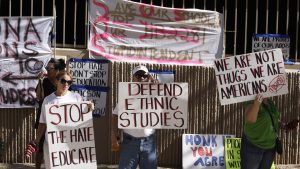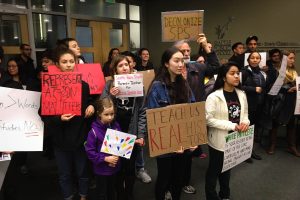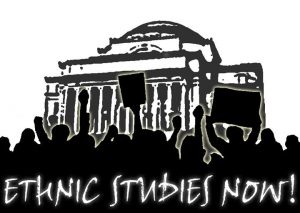About Education

Ross D. Franklin
America’s beauty and appeal comes from the fact that this is a land of all lands– a country made up of individuals from all over the world. Because immigrants tend to migrate towards cities due to their educational and career opportunities, urban places have become a melting pot for these lands. Instead of being the places of opportunity that many immigrants envision, these are places where America’s ugliness shines through due to our lack of inclusivity. Though we are one of the most diverse nations in the world, our curriculums continue to tell our story from a majority white, European, male perspective, leaving little to no room for the rest of the voices that have helped form this nation into what it is today. In one instance, a textbook of nearly 2,000 pages spent less than 100 pages on Black history (Borg, 2016). Though this is not an issue that is limited to urban curriculums, it is one of the major setbacks for urban education. Learning in modern–day America is difficult enough due to high stakes testing. This difficulty is only emphasized when a large portion of the student population cannot see themselves represented in their lessons. If our schools are to be the great equalizers of society that Mann dreamed them to be, we must make space for more diverse narratives. I believe that implementing culturally relevant pedagogy in public schools through courses such as ethnic studies courses is a great step towards this kind of public education system.
About Organizing

Reagan Jackson
The movement for ethnic studies courses is still in its relatively young stages. Though the movement has been going on for over fifty years, very few states have implemented strategies to bring ethnic studies into all its classrooms. However, the future of ethnic studies looks promising. California is working on a statewide curriculum for ethnic studies courses and countless districts already have curriculums set in place, with a solid number of them requiring these courses for graduation (Alejo & Lara, 2018). Perhaps the most fascinating thing about the ethnic studies movement is that it has been largely led by youth. Before looking into organizing more deeply, I was under the assumption that only adults could be in leadership positions for movements due to the level of respect seniority tends to demand. However, especially through the study of New Haven and the theories of organizing, I learned that those being directly affected by an issue are the most knowledgeable and thus the most equipped to make change because they have a personal stake in the issue. For the ethnic studies movement, the most knowledgeable are the students because they must deal with the lack of representation in lessons daily. There is also great value in intergenerational organizing. Movements are most successful when they incorporate the enthusiasm of the youth with the knowledge from experience of the older generation. In New Haven, for example, the Citywide Youth Coalition and The Elm-City UROC help youth organize by teaching them the basics of organizing and making them aware of positions of power that they can get into, while still letting the youth take charge on movements(Gellman, 2019). This kind of collaboration was what made the ethnic studies campaign in Connecticut so successful.
About My Beliefs

Ethnic Studies Now
Looking ahead, public education throughout the United States will reach its potential when it can give students the skills they need to thrive, a knowledge of the diverse history of this nation, and the foundation to be organizers for social change. It would be unrealistic to say that one day public schools will exist in a vacuum, totally uninfluenced by the current prejudices and setbacks of society. However, I believe that schools can one day reach a point in which they teach students to take in the current state of society and use it to mobilize them for social change. This will only be possible, however, when students are taught to thrive instead of survive. By this, I mean that they are given the tools they need to have fruitful discussions and debates on the topics of divide in society, come to compromises, and utilize their frustrations as fuel for change. This fuel can be utilized if students are also taught how to organize their communities and mobilize them for change. This kind of education is only achieved through culturally relevant pedagogy, which centers students’ education on the realities of the society they live in and prepares them to work towards a more equitable one.
